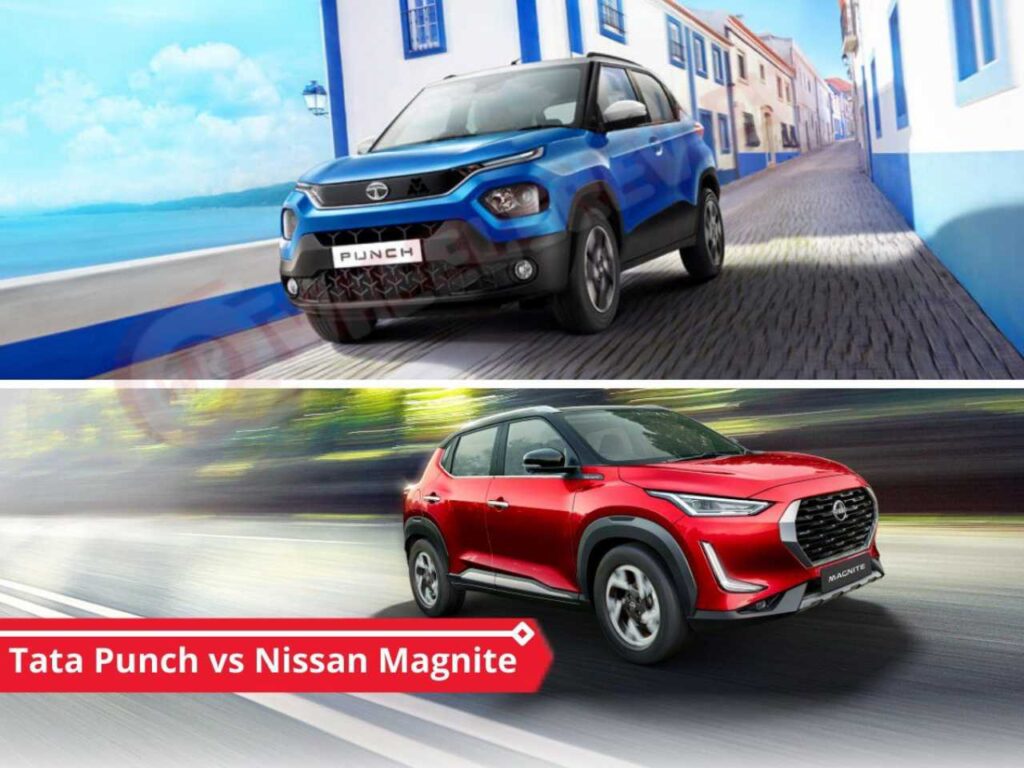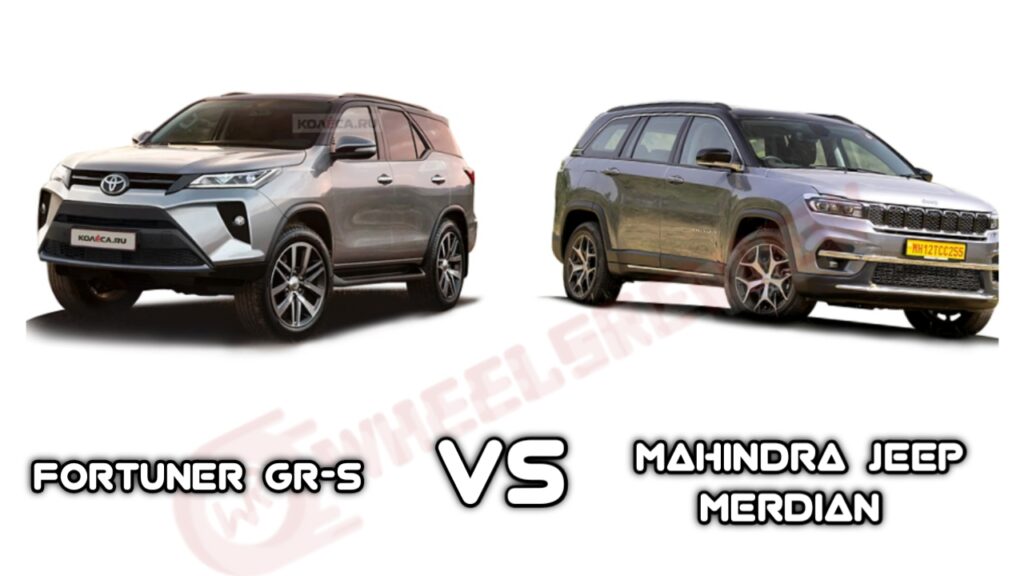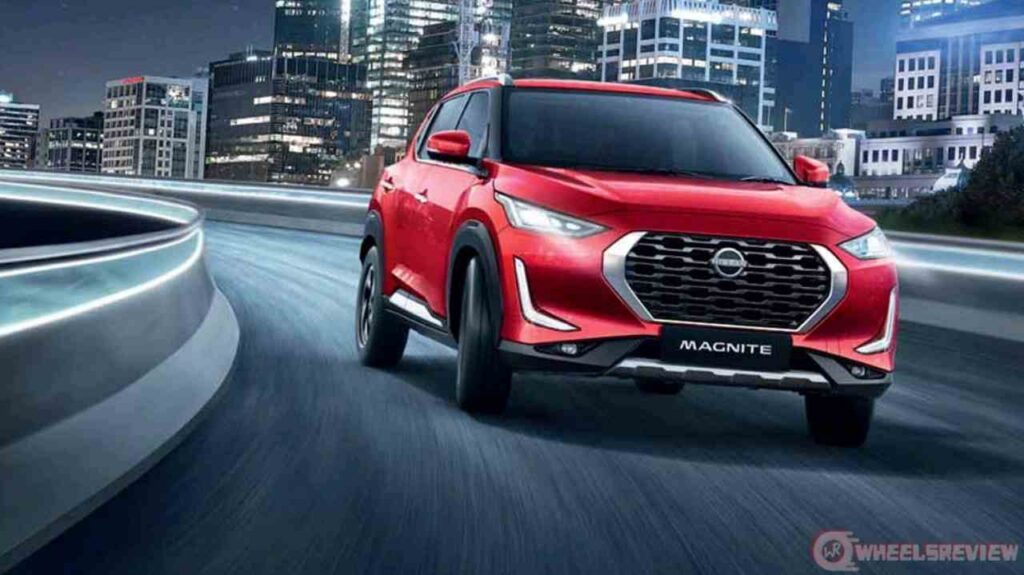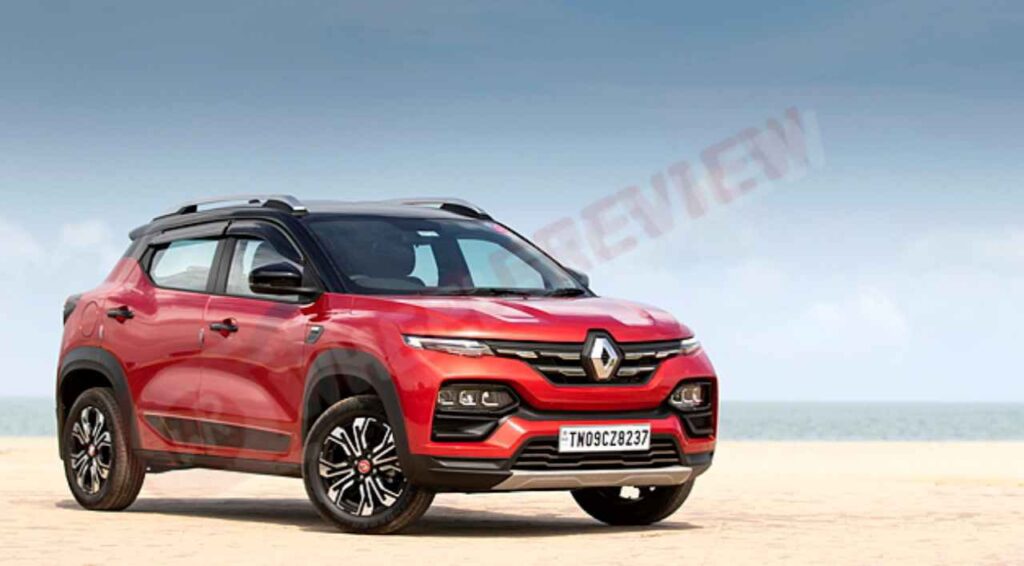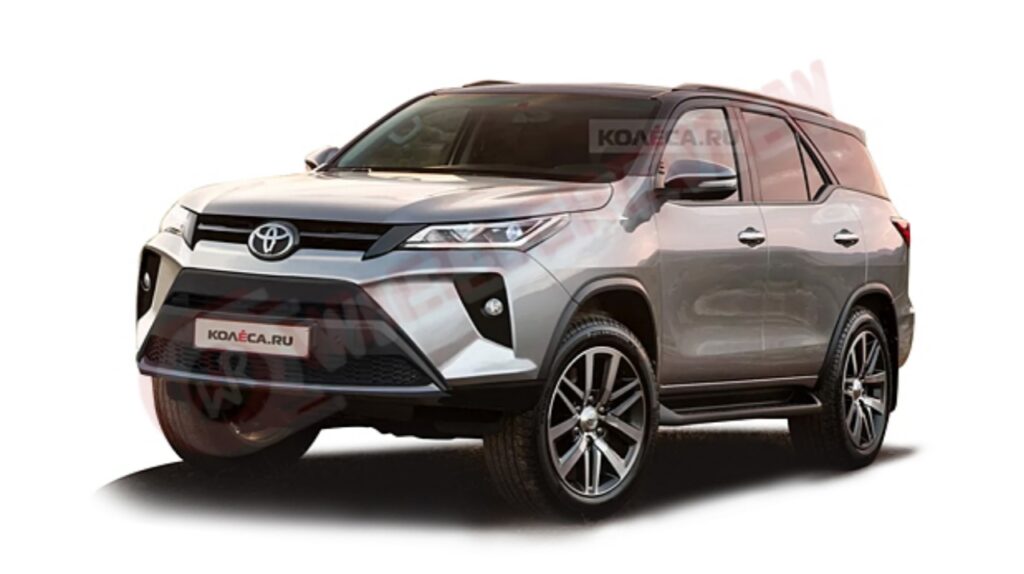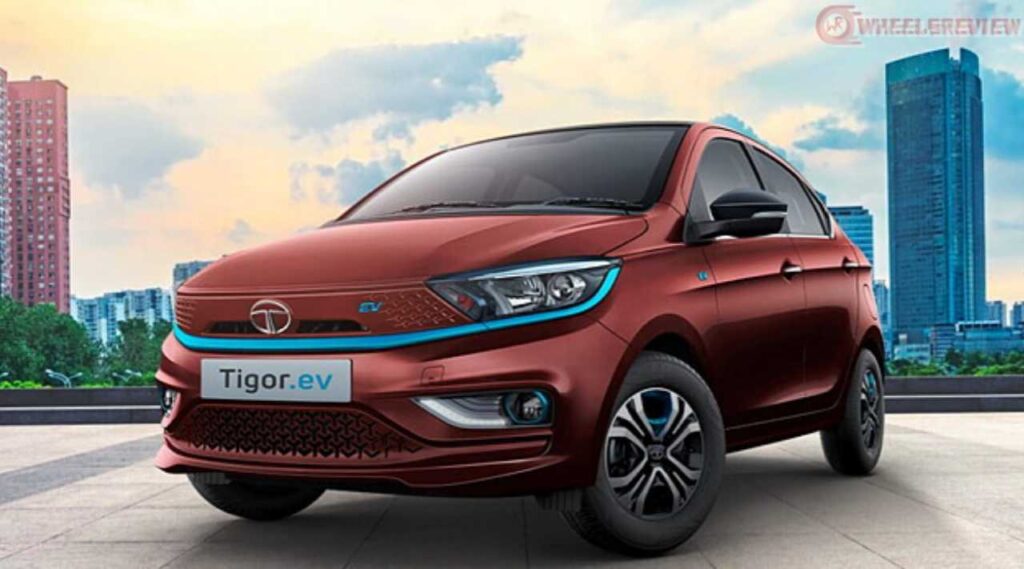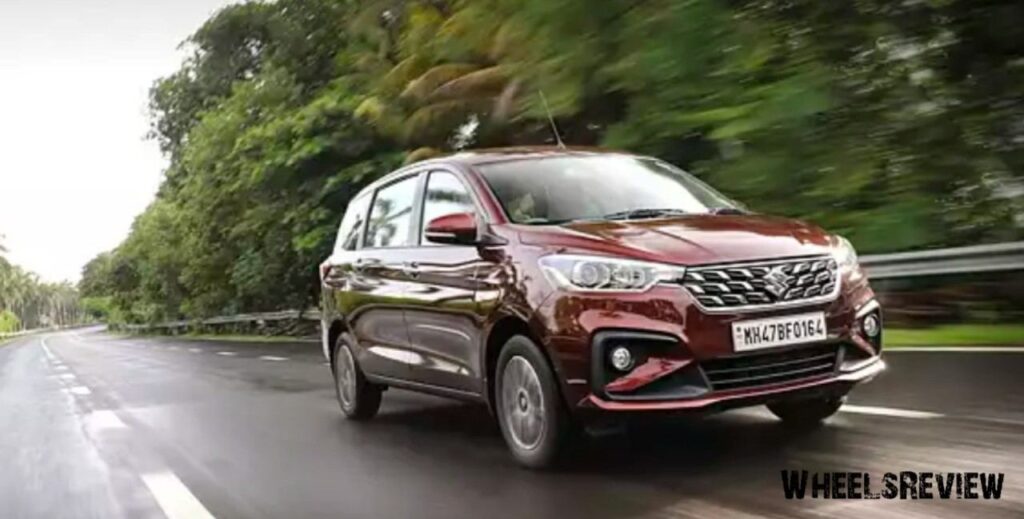The Rise of Electric Vehicles: What to Expect in the Next 5 Years
Electric vehicles (EVs) are no longer just for tech enthusiasts and environmentalists—they are rapidly becoming a mainstream choice for drivers worldwide. As we look ahead to the next five years, we can expect significant growth and transformation in the EV market, fueled by technological advancements, government support, and a global push for sustainability. Here’s a breakdown of what to anticipate as electric vehicles take center stage in the automotive industry.1. Growing Popularity and Market Expansion
The market for electric vehicles is set to expand dramatically. Sales are projected to increase significantly, with some experts predicting that EVs could make up more than 30% of all new car sales worldwide by 2028. Several factors are driving this growth:- Lower Costs: The cost of electric vehicles is steadily decreasing as battery technology improves and manufacturers achieve greater economies of scale. By 2025, owning an EV could cost the same or even less than owning a traditional gasoline-powered car, making EVs a more attractive option for a broader range of consumers.
- More Choices on the Market: Automakers are significantly expanding their electric vehicle offerings, with new models ranging from compact cars to SUVs and trucks. Companies like Tesla, Ford, General Motors, Volkswagen, and newcomers such as Rivian and Lucid Motors are all introducing innovative EVs to capture this growing market.
2. Breakthroughs in Battery Technology
Battery technology is the cornerstone of the electric vehicle revolution, and we can expect significant advancements in this area over the next few years:- Improved Range and Performance: Advances in battery technology, such as the development of solid-state batteries, promise to deliver higher energy density, better safety, and longer driving ranges. This means that future EVs will be able to travel further on a single charge, addressing one of the primary concerns for potential buyers: range anxiety.
- Faster Charging Times: Alongside improvements in battery capacity, the expansion of fast-charging networks is making it easier to charge an electric vehicle quickly. We can expect to see a significant increase in the number of public fast-charging stations, allowing drivers to recharge their cars in minutes instead of hours.
3. Supportive Government Actions and Incentives
Governments worldwide are playing a crucial role in accelerating the adoption of electric vehicles:- Stricter Emission Regulations: Many countries are implementing stricter emissions standards and setting ambitious targets to phase out internal combustion engine vehicles. These regulations are encouraging automakers to shift their focus to electric vehicles.
- Financial Incentives for Buyers: To encourage consumers to switch to electric vehicles, many governments are offering financial incentives such as tax credits, rebates, and grants. These incentives can significantly reduce the upfront cost of purchasing an EV, making them more accessible to a wider audience.
4. Integration with Renewable Energy and Smart Grids
Electric vehicles are not just about cleaner transportation—they are also part of a broader shift towards renewable energy and smarter electricity grids:- Vehicle-to-Grid (V2G) Technology: V2G technology enables electric vehicles to not only draw power from the grid but also feed electricity back into it when needed. This capability could help stabilize the grid, particularly as more renewable energy sources like wind and solar come online.
- Smart Charging Solutions: Smart charging technologies are becoming more widespread, allowing EVs to charge at optimal times based on grid demand and electricity prices. This helps reduce charging costs and improve the overall efficiency of the grid.
5. The Intersection of EVs with Autonomous and Connected Vehicle Technologies
Electric vehicles are also at the forefront of the autonomous and connected vehicle revolution:- Autonomous Driving Synergy: Many companies developing self-driving cars are choosing electric powertrains, recognizing the natural synergy between these technologies. As autonomous driving technology becomes more advanced, it could further boost the appeal of electric vehicles, particularly for ride-sharing and delivery services.
- Advanced Connectivity Features: Modern electric vehicles come equipped with advanced connectivity features, such as over-the-air software updates, enhanced infotainment systems, and driver assistance technologies. These features enhance the driving experience and appeal to tech-savvy consumers.
6. Addressing Challenges and Obstacles
While the outlook for electric vehicles is promising, several challenges remain:- Infrastructure Development: Expanding the necessary charging infrastructure, especially in rural and underserved areas, remains a significant hurdle. Continued investment from both governments and private companies will be essential to build a robust and widespread network of charging stations.
- Sustainable Battery Supply Chains: The materials used in EV batteries, such as lithium, cobalt, and nickel, must be sourced responsibly to avoid ethical and environmental concerns. Developing efficient recycling systems for old batteries will also be crucial to minimizing the environmental impact of EVs.





